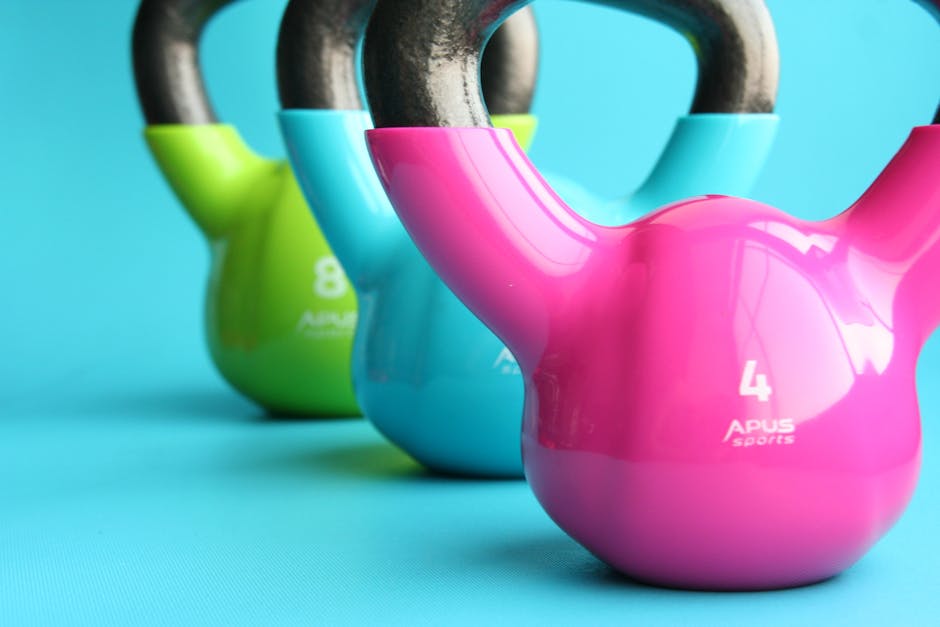Sure, here’s a complete blog post on the topic:
Ever wondered why your doctor always emphasizes regular physical activity? It’s not just for maintaining a healthy weight or boosting your mood. One of the lesser-known yet significant benefits of regular exercise is its impact on bone strength and density. Let’s dive into the fascinating world of bone health and discover why you should keep reading.
Key Takeaways
- Regular physical activity strengthens bones and improves bone density.
- Exercise benefits bone health at all stages of life.
- Physical activity can help manage weight, which is crucial for bone health.
- Tailoring exercise routines can optimize bone health benefits.
- Regular exercise can help manage health conditions affecting bones.
Introduction to Bone Health and Physical Activity
Overview of bone strength and density
Bones are living tissues that constantly change. They grow in strength and density until around the age of 30, after which they gradually lose some density. This is a natural process, but certain factors can accelerate it, leading to conditions like osteoporosis.
Importance of physical activity for skeletal health
Physical activity, particularly weight-bearing and resistance exercises, can significantly enhance bone health. It stimulates bone formation, improves balance and coordination, and reduces the risk of falls and fractures.

Benefits of Regular Physical Activity on Bones
Strengthening of bones and muscles
Regular physical activity strengthens both bones and muscles. It increases bone mass, which is crucial for preventing bone loss as we age.
Reduction in fall and fracture risk
Strong bones and muscles reduce the risk of falls and fractures, a major concern for older adults.
Improvement in bone density
Physical activity, especially weight-bearing exercises, can improve bone density.
Role of weightbearing exercises
Weightbearing exercises, such as walking, running, and weightlifting, force you to work against gravity. They stimulate bone formation and slow bone loss.
Impact of strength-training exercises
Strength-training exercises, like lifting weights or using resistance bands, also improve bone density by stimulating bone growth.
Immediate and Indirect Benefits of Physical Activity
Cardiovascular health enhancement
Regular physical activity enhances cardiovascular health, which indirectly benefits bone health.
Connection to bone health
Good cardiovascular health ensures efficient nutrient delivery to the bones, promoting their health and strength.
Management of chronic health conditions
Regular exercise can help manage chronic health conditions like diabetes and arthritis, which can affect bone health.
Contribution to bone strength maintenance
By managing these conditions, physical activity contributes to maintaining bone strength.
Physical Activity Across Different Life Stages
Adolescents and Young Adults
For adolescents and young adults, physical activity is crucial for achieving peak bone mass.
Bone development and peak bone mass achievement
The more bone mass you have at the time of peak bone mass (around age 30), the less likely you are to develop osteoporosis later in life.
Adults and Aging
For adults and older individuals, physical activity helps maintain bone density and prevent age-associated bone loss.
Maintenance of bone density
Regular exercise can slow the rate of bone loss in adults and older individuals.
Prevention of age-associated bone loss
Physical activity can help prevent age-associated bone loss, reducing the risk of fractures and improving quality of life.

Weight Management and Bone Health
Influence of body weight on bone health
Body weight influences bone health. Being underweight increases the risk of bone loss and fractures, while being overweight puts extra stress on the bones.
Role of physical activity in weight management
Physical activity plays a crucial role in weight management, which is beneficial for bone health.
Benefits for bone density
Maintaining a healthy weight through regular exercise can improve bone density and reduce the risk of fractures.

Tailoring Exercise for Optimal Bone Health
Considerations for different age groups
Different age groups have different exercise needs for optimal bone health.
Adapting to individual health conditions
Exercise routines should be adapted to individual health conditions, especially those affecting bone health.
Safe exercise routines for osteoporosis
For individuals with osteoporosis, safe exercise routines can help maintain bone health without increasing fracture risk.
Maximizing benefits and minimizing risks
The goal is to maximize the benefits of exercise for bone health while minimizing any potential risks.

Physical Activity and Health Conditions Affecting Bones
Bone health in children with type 1 diabetes
Children with type 1 diabetes often have lower bone mineral density. Regular physical activity can help increase their bone mineral density.
Increase in bone mineral density
Regular exercise can help increase bone mineral density in children with type 1 diabetes.
Exercise as a management tool for health conditions impacting bones
Exercise can be a powerful tool for managing health conditions that impact bones, such as osteoporosis and arthritis.
Conclusion
Recap of the importance of physical activity for bone health
Regular physical activity is crucial for bone health. It strengthens bones, improves bone density, and helps manage weight and chronic health conditions that can affect bones.
Encouragement for incorporating regular exercise into daily life
Incorporating regular exercise into your daily life can significantly enhance your bone health and overall well-being. So, why not start today?
Internal Links:
– Physical Health
– How Does Regular Physical Activity Boost Our Mood?
– Athletic Performance
– Physical and Mental Health
Hashtags:
– #ExerciseMotivation
– #StretchAndStrengthen
– #BalanceWellness
– #FitnessGoals
– #YogaForStrength
Source Links:
– CDC
– OrthoInfo
– Mayo Clinic
Frequently Asked Questions: The Impact of Regular Physical Activity on Bone Strength and Density
What is the general impact of physical activity on bone health?
Regular physical activity, especially weight-bearing exercises such as walking, running, and resistance training, helps to improve bone strength and density. When bones are subjected to stress during exercise, they adapt by building more bone cells, which increases their density and reduces the risk of osteoporosis and fractures.
At what age should one start focusing on bone-strengthening activities?
Bone-strengthening activities should be a focus at every age, but it is especially important during childhood and adolescence when bones are growing and developing. Peak bone mass is typically reached by the early 20s, so establishing good habits early is crucial for long-term bone health.
Can physical activity improve bone density in older adults?
Yes, physical activity can still improve bone density in older adults. While the most significant gains in bone density occur during youth, older adults can maintain or potentially increase their bone density through regular, age-appropriate physical activity, which also helps prevent bone loss and reduces the risk of fractures.
How does resistance training affect bones compared to cardiovascular exercises?
Resistance training, such as lifting weights, places more direct stress on bones than cardiovascular exercises, leading to increased bone formation and strength. Cardiovascular exercises, while beneficial for overall health, typically have less impact on bone density but are still important for maintaining it.
Are there specific exercises that are particularly effective for bone health?
Weight-bearing exercises, such as walking, hiking, jogging, and stair climbing, are particularly effective for improving bone health. Resistance exercises like weightlifting and bodyweight exercises also significantly contribute to bone strength and density.
How often should one engage in physical activity to benefit bone health?
The frequency of physical activity for optimal bone health should be at least 30 minutes of moderate-intensity exercise on most days of the week. Incorporating both weight-bearing and resistance exercises into a weekly routine is recommended for the best results.
Does the intensity of the physical activity affect bone density?
Yes, the intensity of physical activity can affect bone density. Higher-impact and higher-intensity exercises generally stimulate more bone growth than lower-impact activities. However, it’s important to balance intensity with safety, especially for those at risk of injury or with existing bone conditions.
Is it possible to improve bone density with exercise if you have osteoporosis?
Exercise can be beneficial for individuals with osteoporosis, but it should be approached with caution. Low-impact, strength-training, and balance exercises can help improve bone density and reduce the risk of falls and fractures. It is essential to consult with a healthcare provider before starting any exercise program.
Can diet influence the effectiveness of physical activity on bone health?
Diet plays a significant role in the effectiveness of physical activity on bone health. Adequate intake of calcium and vitamin D is essential for bone formation and can enhance the benefits of exercise on bone strength. A balanced diet rich in nutrients supports overall bone health.
Are there any risks associated with physical activity for bone health?
While physical activity is generally beneficial for bone health, there is a risk of injury if exercises are performed incorrectly or without proper guidance. Individuals with existing bone conditions or health issues should consult a healthcare professional to tailor a safe and effective exercise program.






